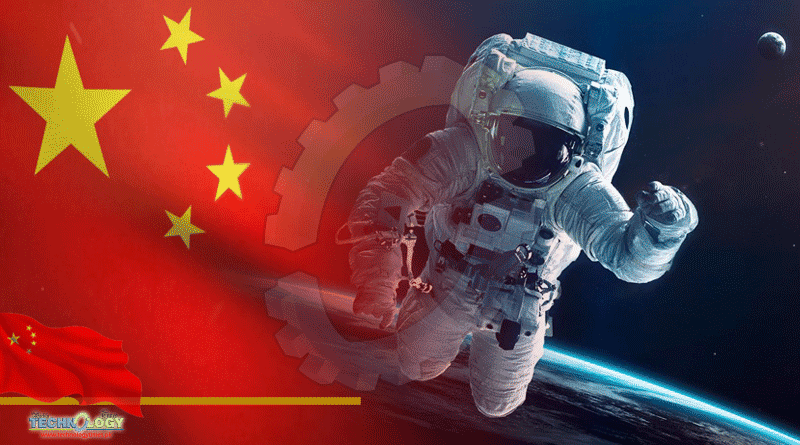There Are Still Numerous Triumphs, Especially In Science, Are Worth Celebrating. From Vaccine Creation To Genetic Sequence Classification

Although 2020 felt like the world stopped with the onslaught of a pandemic, there are still numerous triumphs, especially in the field of science, that are worth celebrating. From vaccine creation to genetic sequence classification, here are a few discoveries and milestones that highlighted this year.
-
Discovery of genetic sequence of SARS-CoV-2
When the COVID-19 pandemic broke out in Wuhan, China, Chinese scientists soon were able to release the genetic sequence of the SARS-CoV-2 strain. Not only does this discovery help in creating a vaccine against the virus, but it also helps other scientists study and know the origin of the strain.
-
Development of COVID-19 vaccine
After almost a year of staying indoors due to the pandemic, scientists have finally discovered a COVID-19 vaccine. Just last November, Pfizer announced that its vaccine is 9% effective against the coronavirus. Their vaccine has since been used in America, United Kingdom, and Canada. United Kingdom was first to use Pfizer’s vaccine after it was given the emergency use authorization (EUA). Among its citizens, 90-year-old Margaret Keenan was the first to be injected with the vaccine. Aside from Pfizer, other vaccines were also given EUA, such as China’s Sinovac and Cansino, Russia’s Sputnik V, and America’s Moderna. The COVID-19 vaccine is the fastest vaccine to be developed in all of human history. Before its creation, the vaccine for the mumps virus was hailed the fastest, with scientists finalizing it after four years.
-
Discovery of new microsnail subspecies in Masungi Georeserve
Filipino scientists from the University of the Philippines Los Baños discovered a new microsnail subspecies that can only be found in Masungi Georeserve. Called the hypselostoma latispira masungiensis, the subspecies was discovered in October in the reserve in Rizal. The new microsnail subspecies is different from the others based on its size, which is only 5 millimeters or the size of a worker ant.
-
2020 may be the second hottest year.
According to the United Nation’s World Meteorological Organization’s data, 2020 may possibly be the second hottest year. Based on the data, the planet’s temperature increased over 1.2 degrees Celsius this year. It is also possible that the past six years, from 2015 to 2020, have been the hottest recorded since 1850.
-
Comet NEOWISE’s visit
In July, Comet NEOWISE was visible all over the world, including the Philippines. NASA discovered it in March 27 using the near-earth object wide-field infrared survey explorer, which the comet was soon named after. With the wideness of the comet’s orbit, it is estimated to be seen from the planet every 6,800 years, making its visit to our night sky a once in a lifetime opportunity.
-
Return of NASA astronaut Christina Koch to Earth
NASA astronaut Christina Koch was finally able to return to Earth on Feb. 6 after almost a year in the International Space Station. Aside from her recent feat, Koch also led the first ever all-female spacewalk in 2019. She was also recognized for being the first woman to stay the longest in space—she clocked in 328 days. Koch could also be the first woman on the moon as she was chosen among 18 astronauts to practice for NASA’s Artemis Program set to bring the world’s first woman and the next man to the moon in 2024.
-
Female scientists behind CRISPR win Nobel Prize
Two female scientists won this year’s Nobel Prize in Chemistry for creating CRISPR/Cas9. Emmanuelle Charpentier and Jennifer A. Doudna’s creation was applauded for its ability to edit a human being’s DNA, which could be used to help in cancer therapy and in healing inherited diseases. The CRISPR is said to be able to change a person’s DNA within just a matter of weeks. Charpentier and Doudna’s win also marked the first time time two women were honored with the Nobel Prize in Chemistry.
-
Return of China’s lunar mission
China’s lunar mission called Chang’e safely and successfully landed back on Earth and brought rock samples from the moon this year. In November, China sent a rocket to the moon to study its origin. After the US and the Soviet Union, China is the third country to successfully bring home samples from the moon.
-
Scientists confirm existence of water on the moon.
Scientists confirmed this year that there is, in fact, water on the moon. Reports said that NASA discovered H20, the chemical signature of water, on the moon using their reflecting telescope called stratospheric observatory for infrared astronomy. The water on the moon was seen at a high altitude near the North Pole, and over 100 to 400 parts per million H20 was discovered. This discovery, scientists said, has a great influence on the next lunar mission.
-
Japanese space capsule with asteroid samples
Japan’s space capsule was able to bring back samples from the asteroid Ryugu this month. This feat occurred after six years since the capsule was launched toward asteroid Ryugu, which is 300 million kilometers away from Earth. Scientists believe that the asteroid samples contain organic matter which can answer how life began on our planet. – Kaela Malig/RC, GMA News
This news was originally published at GMA Network
